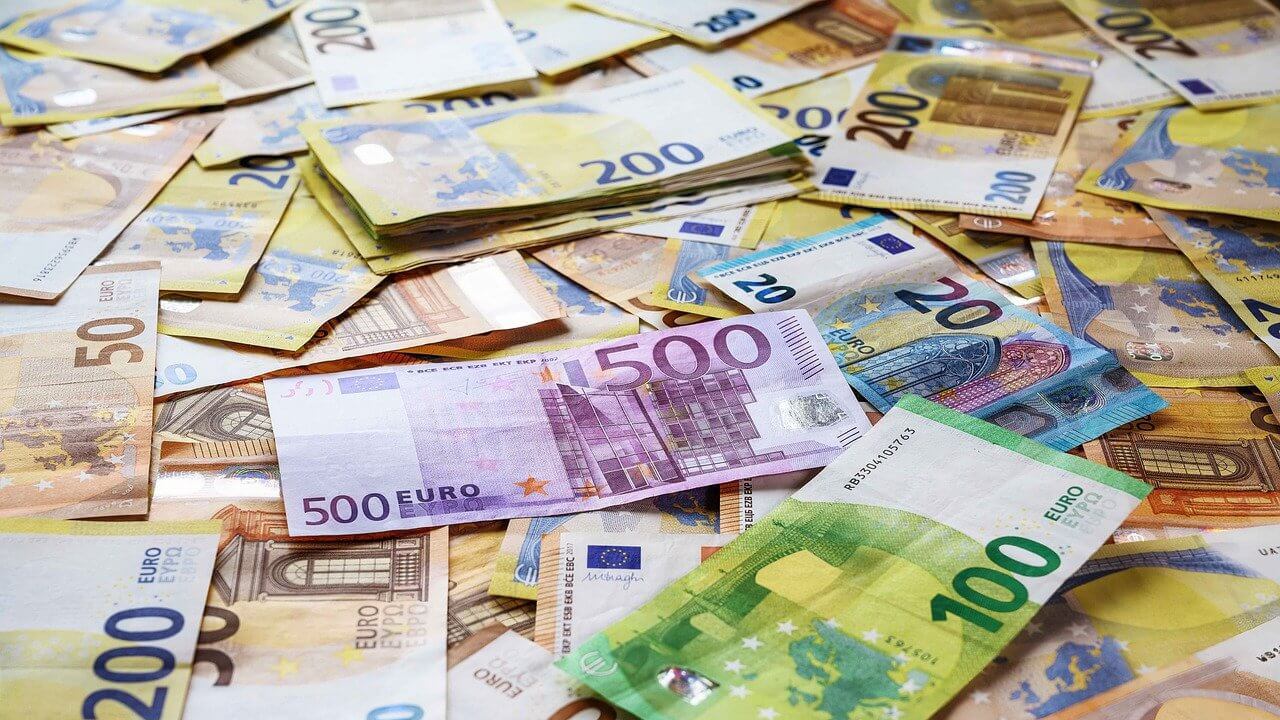Foreign Currency Conversion

If you travel often or have plans to travel to another country, you will need to determine the best way to pay for your purchases will you are abroad. This is where foreign currency conversion comes into the picture. When making purchases in a foreign country, you need to consider whether your own currency is accepted, whether you have to pay using the local currency, the best methods of converting your currency into the local currency, and whether your credit card provider charges a foreign transaction fee. By gaining this understanding before you depart, you will experience less stress and have more purchasing power.
Local Currency vs. Home Currency
When making purchases in a foreign country, you may have the option to pay in the local currency or your home currency. For example, assume the traveler in this scenario is traveling to Mexico from the United States. The home currency is USD, and the local currency in Mexico is pesos (MXN). When swiping a credit card to pay for dinner, the restaurant will likely offer the choice of paying in USD or MXN. You want to pay in the local currency (MXN). The reason for this is that the restaurant will add fees or use conversion rates that are more favorable to them than the rate offered by your credit card provider. Therefore, when offered the option to pay in the local currency or your home currency, always choose local. However, when doing so, you must also be aware of whether your credit card charges a foreign transaction fee.
Foreign Transaction Fees
Many credit cards charge a foreign transaction fee when paying in a foreign currency. This fee is typically around 3%. For the sake of simplicity, we will assume the current conversion rate is $1 USD to $20 MXN. Therefore, if your bill is $1,200 MXN, it converts to $60 USD + a 3% foreign transaction fee for a total of $61.80 USD. In this case, you are paying an extra $1.80 USD for your credit card provider to convert the charge. In almost every case, this 3% will be well below the rate the restaurant (or vendor) charges to convert the bill into USD. However, if you want to save even more, you can utilize a credit card without a foreign transaction fee. If you have an upcoming overseas trip, I recommend having a card with this feature. If you want to find a cash-back credit card with no foreign transaction fees, check out the “Best Everyday Credit Card” article.
How to Get Cash in a Foreign Currency?
If you need cash in a foreign currency, you may be tempted to covert the money at your local bank before departing and carry the cash with you. There are two reasons this may not be the best idea. First, traveling with large amounts of cash is risky. There is the risk of loss and the risk of theft. Additionally, depending on the amount of currency, you may have to declare it when going through customs entering the country. The ideal way to get cash is to utilize your debit card and withdraw the money directly from an ATM after entering the country. These rates are typically much better than what is offered by local money exchangers. Additionally, there is no risk of receiving counterfeit money, which may be the case if you utilize an unknown money exchange. Be aware of your bank’s ATM fees, as you will likely pay a small fee for each transaction, usually a fixed amount, such as $3.
Highly Unstable Currencies
While the above recommendations for currency conversion hold true in the majority of situations where you need to conduct a foreign currency conversion, there are a few exceptions. The primary exception is countries with extremely volatile exchange rates. For example, consider Argentina whose currency has experienced extremely high inflation rates. As a result, the country has three conversion rates – the approved rate (offered by banks), the unofficial “blue dollar” rate (offered by local money exchanges), and the MEP rate ("Mercado Electrónico de Pagos" offered on purchases made with a foreign Visa or MasterCard credit cards). As of December 2023, the “blue dollar” rate and MEP rate were both around 900 ARS to 1 USD, while the official rate was only 360 ARS to 1 USD. Therefore, if you use a bank ATM to convert your money, the value will be less than half. However, Argentina is a unique example, but it goes to show that you need to research whether the country you are visiting has any abnormalities to consider.
Conclusion
Traveling can be a lot of fun, but it is even more fun when your money provides more purchasing power. To get the most mileage out of your budget, follow a few simple rules when making foreign currency transactions. First, always pay the bill in the local currency. It may be tempting to pay in a currency you recognize, but having the vendor convert the currency typically incurs high hidden fees or an unfavorable exchange rate. Second, utilize a credit card that does not charge a foreign transaction fee. This will save you around 3% on most transactions. While 3% may not seem like much, it quickly adds up. Finally, if you need cash, utilize an ATM within the country after arriving. This will lower your risk of traveling with large sums of cash and provide you with a favorable exchange rate. These general rules of thumb will serve you well when traveling in a foreign country but always do a little research on your own to determine if the country suffers from high inflation and an unstable currency, such as Argentina. These countries may deviate from the currency conversion norms discussed.



